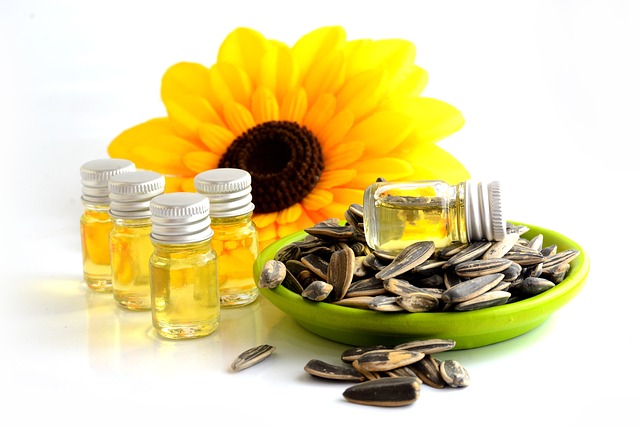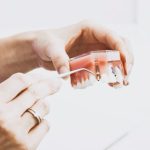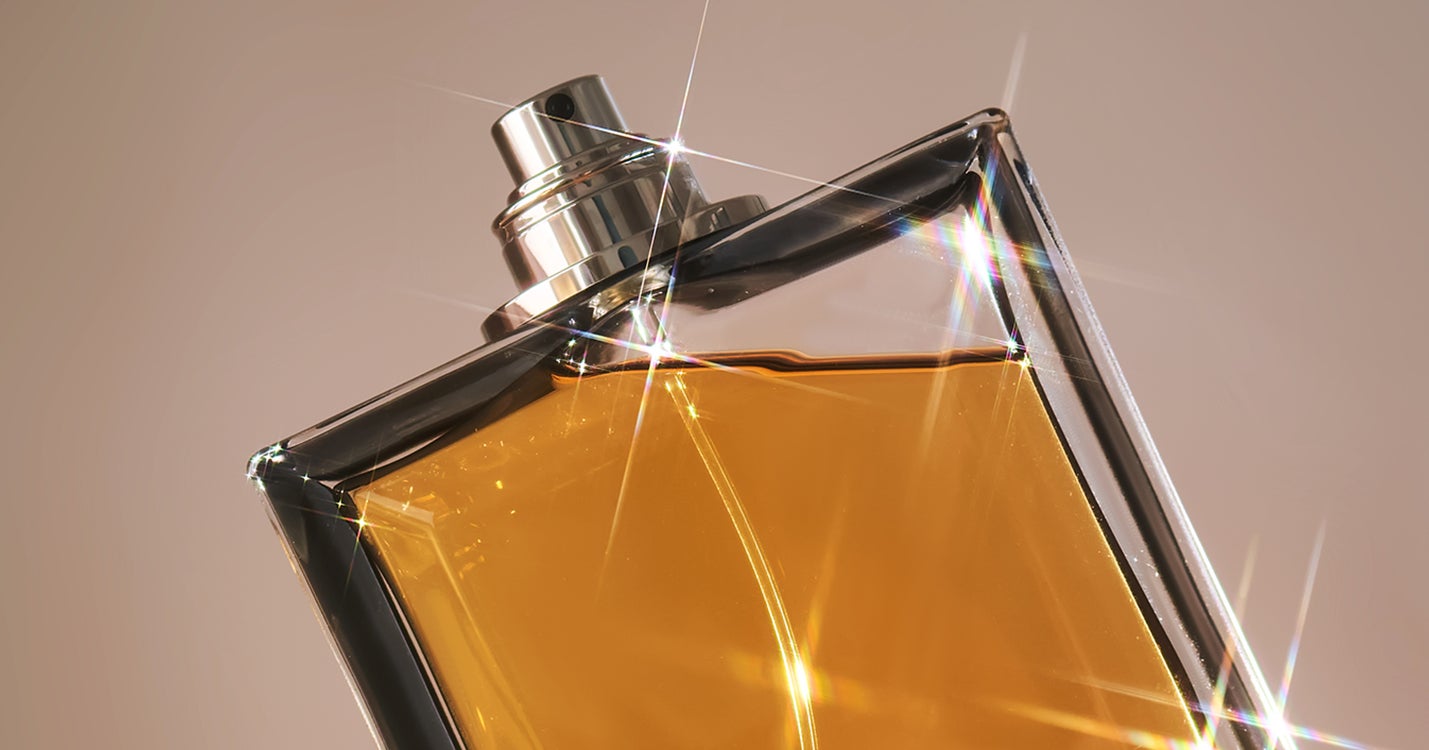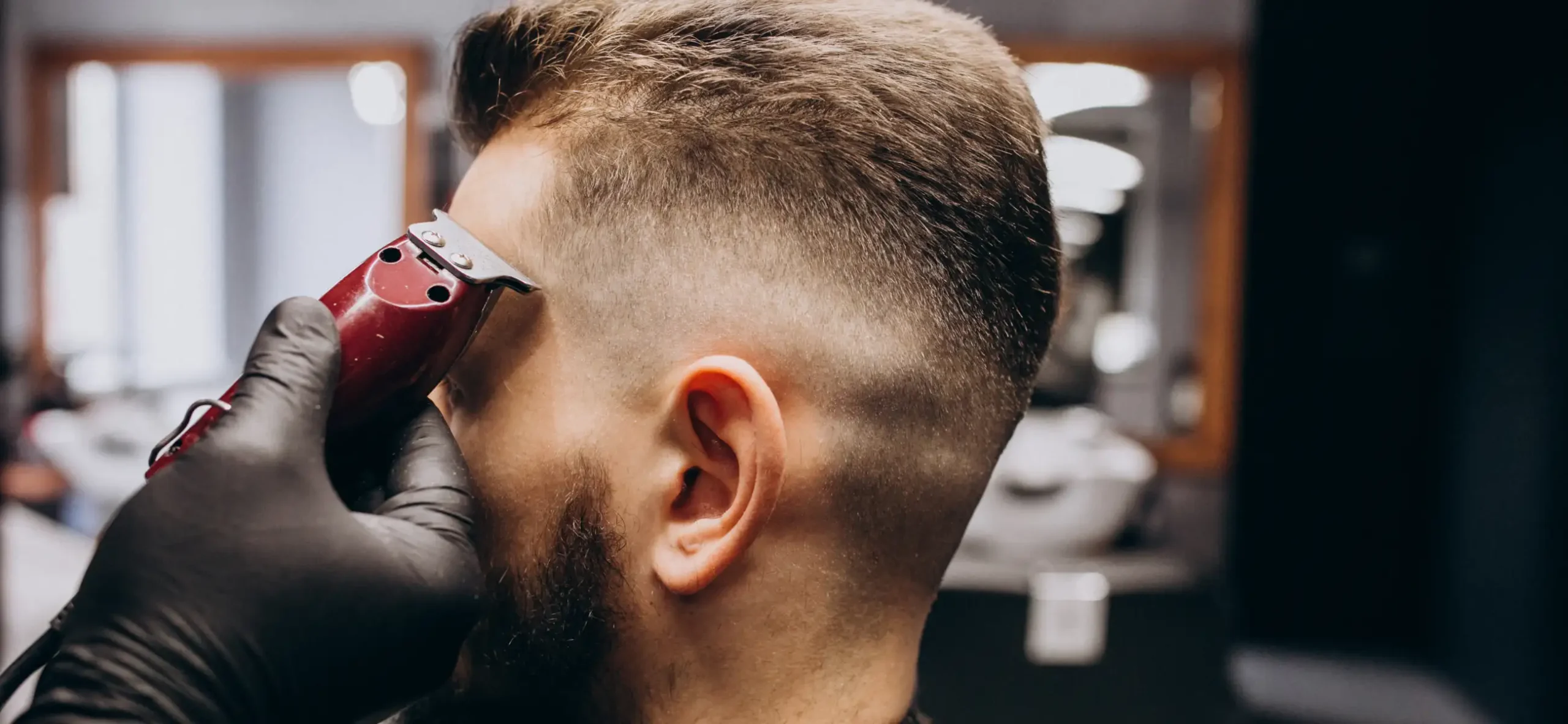No, you cannot put sunflower or cooking oil in your ear. Inserting oil into the ear can lead to serious complications. If you suspect an ear issue like earwax buildup or an infection, it’s essential to consult a healthcare professional or an ear specialist.
They can diagnose and treat the problem safely. Putting oil in the ear can worsen the situation, cause infections, or damage the delicate structures of the ear.
Moreover, stick to safe and recommended methods for ear care and seek professional guidance when necessary to ensure your ear health remains intact.
Is it OK to put coconut oil in ear?
Yes, putting coconut oil in your ear is generally considered safe, but it should be done cautiously and with specific purposes related to ear care in mind.
Earwax Softening: Earwax Softening is one common application. Begin by warming a small amount of coconut oil to body temperature, typically around 98.6°F or 37°C, by placing the oil container in warm water for a few minutes. Lie on your side with the affected ear facing upward and, using a clean dropper, gently instill a few drops of the warmed coconut oil into the ear canal.
Be careful not to insert the dropper too deeply. Allow the oil to sit for 5-10 minutes. This helps to soften earwax, making it easier for the ear’s natural cleaning mechanisms to remove it.
Afterward, tilt your head to the opposite side to let the oil and softened earwax drain onto a clean cloth or tissue.
Dry Ear Canal: Another use for coconut oil in the ear is to address a Dry Ear Canal. Coconut oil can provide relief if you’re experiencing discomfort, itching, or dryness in the ear due to a lack of moisture. Warm a small amount of coconut oil to body temperature and gently instill a few drops into the ear canal to moisturize it and alleviate dryness.
However, it’s crucial to use coconut oil sparingly and avoid making it a regular practice. If you encounter severe ear pain, hearing loss, persistent discomfort, symptoms of infection, or suspect a foreign object in your ear, consult a healthcare professional or an ear specialist for proper evaluation and treatment.
Additionally, avoid inserting objects deep into the ear canal, like cotton swabs or Q-tips, as this can potentially cause injury or worsen earwax issues.
What is the best oil to put in your ears?

The best oil to put in your ears depends on the specific purpose. Here are some commonly used oils for different ear-related concerns:
Olive Oil
Purpose: Earwax Softening
How to Use: Warm a small amount of olive oil to body temperature to soften earwax. This can be achieved by placing the oil container in a bowl of warm water for a few minutes.
Lie down with the affected ear facing upward, and using a clean dropper, gently instill a few drops of the warmed olive oil into the ear canal. Be cautious not to insert the dropper too deeply.
Allow the oil to sit for 5-10 minutes to soften the earwax effectively. Afterward, tilt your head to the opposite side to allow oil and softened earwax to drain onto a clean cloth or tissue naturally.
1. Mineral Oil:
Purpose: Earwax Softening.
How to Use: For earwax softening, follow the same procedure as with olive oil, substituting mineral oil. Warm it to body temperature and apply a few drops into the ear canal, following the directions.
1. Coconut Oil
Purpose: Earwax Softening, Moisturizing Dry Ear Canals.
How to Use: Coconut oil can soften earwax and alleviate dryness in the ear canal. Warm a small amount of coconut oil to body temperature and gently instill a few drops into the ear canal. This can be done as needed to address dryness or earwax concerns.
1. Almond Oil:
Purpose: Earwax Softening, Moisturizing Dry Ear Canals.
How to Use: Similarly, almond oil can be used for earwax softening and to relieve dryness. Warm a small amount to body temperature, and apply a few drops in the ear as required for earwax issues or to maintain ear canal moisture.
5. Glycerin-based Ear Drops:
Purpose: Earwax Softening.
How to Use: If you prefer a glycerin-based option, adhere to the specific instructions provided with the ear drops. Typically, this involves applying a few drops as directed.
Moreover, these oils serve as valuable tools for ear care when used cautiously and in moderation. However, you must refrain from using them if you suspect an ear infection, are experiencing severe ear pain or hearing loss, or believe a foreign object may be lodged in your ear.
In such cases, consult a healthcare professional or an ear specialist for a proper evaluation and treatment plan. Moreover, it is advisable to avoid inserting objects, including cotton swabs or Q-tips, deeply into the ear canal, as this can potentially cause harm or exacerbate earwax issues. Always seek professional guidance for personalized ear care recommendations.
What is the best way to remove earwax?
The best way to remove earwax depends on the severity of the buildup and your specific situation. Here are some safe methods for earwax removal:
1. Ear Drops:
Purpose: Ear drops designed for earwax removal work by softening the earwax, making it easier for the wax to migrate out of the ear canal naturally.
How to Use: Follow the instructions on packaging over-the-counter ear drops (such as hydrogen peroxide, carbamide peroxide, or glycerin-based drops).
Typically, you’ll tilt your head to one side, instill a few drops into the ear canal, wait for several minutes to allow the drops to work, and then tilt your head the opposite way to let the softened earwax drain out. Repeat as needed.
2. Ear Irrigation:
Purpose: Ear irrigation involves using a gentle stream of warm water to dislodge and flush out earwax so that ear drops have softened.
How to Use: Ear irrigation should be performed by a healthcare professional. They will use a syringe or specialized equipment to deliver warm water into the ear canal. The water, along with the softened earwax, is collected in a basin. Attempting this procedure at home can be risky and may lead to injury or infection.
3. Earwax Removal Kit:
Purpose: Earwax removal kits are typically used under the guidance of a healthcare professional and may include specialized tools for safe and controlled earwax removal.
How to Use: Seek assistance from a healthcare provider or an ear specialist who will use the kit’s tools and techniques to remove earwax safely. Do not attempt to use these tools on your own.
4. Microsuction:
Purpose: Microsuction is a safe method to remove earwax using a small, gentle suction device that does not require water or irrigation.
How to Use: Microsuction should be performed by a healthcare professional or an ear specialist. They will use the suction device to remove the earwax carefully. This method is considered highly effective and minimally invasive.
5. Manual Removal by a Specialist:
Purpose: For stubborn or impacted earwax that other methods cannot remove, an ear specialist (ENT doctor) can manually remove the earwax using specialized instruments.
How to Use: Consult an ear specialist who will evaluate your condition and, if necessary, perform a manual removal procedure in a controlled and safe manner.
Caution: It is crucial to avoid inserting objects, such as cotton swabs or Q-tips, into the ear canal, as they can push earwax deeper and potentially cause injury, impaction, or damage to the eardrum.
Moreover, the best approach for earwax removal depends on the severity of your condition. It should always be guided by a healthcare professional or an ear specialist to ensure safety and effectiveness.
Additionally, if you experience symptoms like ear pain or hearing loss or are unsure about the best method for your situation, seek professional medical advice.
How can I get rid of fluid in my ears naturally?

Getting rid of fluid in your ears naturally can be done with simple methods. Here are the steps you can follow:
- If you suspect fluid in your ear after swimming or bathing, tilt your head to the side and gently pull on your earlobe to encourage drainage. You can also hop on one foot to help the water come out.
- Lie down on your side with the affected ear facing down. Gravity may help drain the fluid from your ear naturally. Use a towel or tissue to catch any fluid that comes out.
- Apply a warm compress or heating pad to the affected ear for about 20 minutes. The warmth can help promote fluid drainage.
- Move your jaw by yawning or swallowing. This can help open the Eustachian tubes, which connect the middle ear to the back of the throat, facilitating drainage.
- Chewing gum can have a similar effect as yawning and swallowing by helping to open the Eustachian tubes.
- Over-the-counter ear drops or a few drops of warm olive oil in the ear can sometimes help break up earwax or trapped fluid, aiding drainage.
- Inhale steam from a bowl of hot water with a towel draped over your head. This can help open the Eustachian tubes and promote fluid drainage.
- Gently blow through your nose while pinching your nostrils closed. This can help equalize pressure in your ears and encourage fluid to move.
- Staying well-hydrated can help thin mucus and promote better drainage through the Eustachian tubes.
- In many cases, fluid in the ears will resolve independently over time. Patience may be the best approach.
Note: If you suspect an ear infection or if the fluid in your ear persists or is associated with pain, hearing loss, or other concerning symptoms, it’s crucial to consult a healthcare professional for a proper diagnosis and treatment.
These natural methods are generally suitable for mild fluid in the ear, but professional guidance may be needed for more severe or persistent issues.
FAQs
Is oil safe for ear canals?
Yes, certain oils, such as mineral oil or olive oil, can be safe for the ear canals when used for specific purposes like softening earwax. However, it’s essential to use them cautiously and follow proper guidelines. Avoid using oils in the ear if you suspect an infection or injury, and consult a healthcare professional for advice.
Which oil is best for ear wax?
Olive oil is one of the best oils for softening earwax. It can help loosen the wax, making it easier for the ear’s natural cleaning mechanisms to remove it. Also, warm the oil to body temperature and apply a few drops to the ear canal, following safe guidelines for earwax removal.
Does oil melt ear wax?
Oil, like ordinary olive oil, doesn’t melt earwax in the way heat melts ice, but it effectively softens earwax. Applying 2-3 drops of olive oil in the ear 2-3 times daily for 2-3 weeks can soften the wax, allowing it to naturally exit the ear without causing harm. This method often works without visible wax removal.
How long can you leave the oil in your ear?
When addressing earwax buildup, you can leave mineral oil or baby oil in your ear for approximately five minutes. Apply a few drops to one ear, let it soak, and then tilt your head to remove the oil. If needed, repeat the process on the other side to help with earwax removal.
Final Verdict
The sunflower is not suitable for use on the ear. However, olive oil may be utilized as a home cure. Some people have reported success using olive oil as a treatment for earwax buildup or ear infections; nevertheless, it is important to proceed with caution and get the advice of a medical professional before trying any home treatments.
There is no one-size-fits-all solution; what helps one person may backfire on another. As an added precaution, it is always best to contact a doctor if you have any serious ear issues or suffer severe pain.









